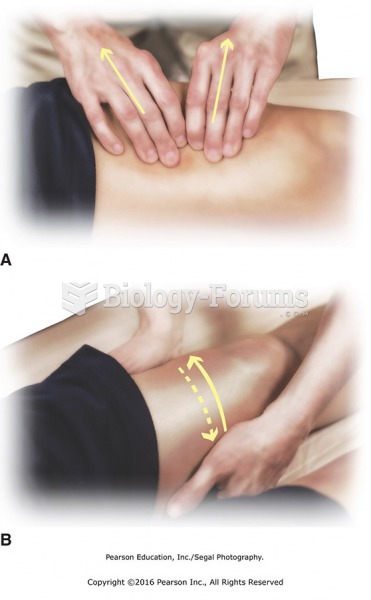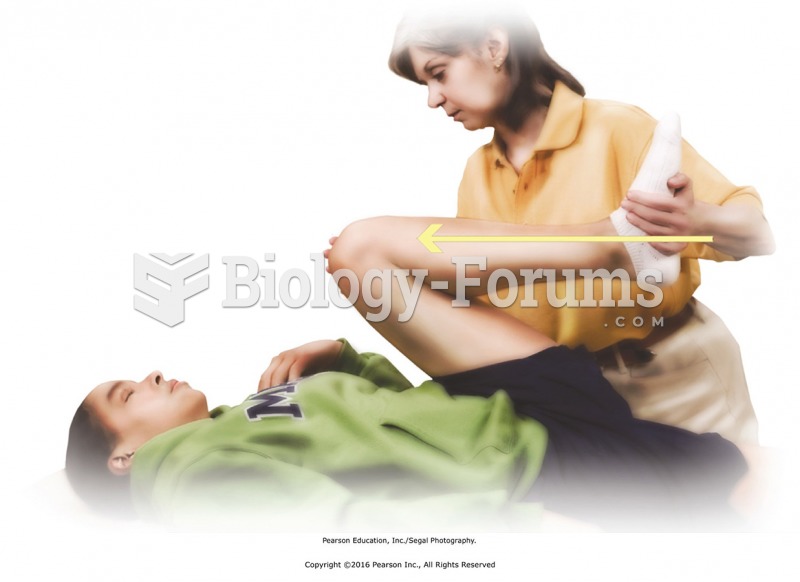|
|
|
It is difficult to obtain enough calcium without consuming milk or other dairy foods.
Cytomegalovirus affects nearly the same amount of newborns every year as Down syndrome.
Increased intake of vitamin D has been shown to reduce fractures up to 25% in older people.
There used to be a metric calendar, as well as metric clocks. The metric calendar, or "French Republican Calendar" divided the year into 12 months, but each month was divided into three 10-day weeks. Each day had 10 decimal hours. Each hour had 100 decimal minutes. Due to lack of popularity, the metric clocks and calendars were ended in 1795, three years after they had been first marketed.
Eating carrots will improve your eyesight. Carrots are high in vitamin A (retinol), which is essential for good vision. It can also be found in milk, cheese, egg yolks, and liver.







